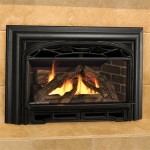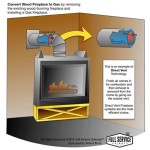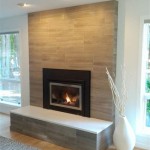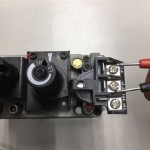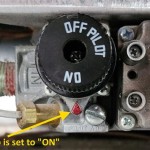Dry Stack Fireplace Stone Veneer: An Essential Guide
Dry stack fireplace stone veneer is a popular choice for homeowners looking to add a touch of rustic elegance to their living space. This type of veneer is made from natural stone or concrete that has been cut into thin, irregular pieces. The pieces are then stacked on top of each other without the use of mortar or adhesive. This creates a beautiful, textured look that is reminiscent of a traditional stone fireplace.
There are many benefits to using dry stack fireplace stone veneer. First, it is a relatively easy and inexpensive way to update the look of your fireplace. Second, it is durable and easy to maintain. Third, it is a great way to add some personality to your home. If you are considering using dry stack fireplace stone veneer in your home, there are a few things you should keep in mind.
Choosing the Right Stone
The first step is to choose the right stone for your veneer. There are many different types of stone available, each with its own unique look and texture. Some of the most popular types of stone for dry stack fireplace stone veneer include:
- Limestone
- Sandstone
- Granite
- Slate
- Quartzite
When choosing a stone, you should consider the overall style of your home, as well as the size and shape of your fireplace. You should also keep in mind the cost of the stone and the availability in your area.
Installing the Veneer
Once you have chosen the right stone, you can begin installing your dry stack fireplace stone veneer. The process is relatively simple, but it does require some patience and attention to detail. Here are the steps involved in installing dry stack fireplace stone veneer:
- Prepare the fireplace surface. The surface of your fireplace should be clean and level before you begin installing the veneer. If there are any cracks or holes in the surface, you should patch them with mortar or a similar material.
- Lay out the veneer. Before you begin gluing the veneer to the fireplace, lay out the pieces in the desired pattern. This will help you to visualize the finished product and make any necessary adjustments.
- Glue the veneer to the fireplace. Once you are satisfied with the layout, you can begin gluing the veneer to the fireplace. Use a construction adhesive that is specifically designed for use with stone veneer.
- Grout the veneer. Once the veneer is glued in place, you can grout it. Grouting will help to seal the joints between the stones and prevent moisture from penetrating the veneer.
Maintaining the Veneer
Dry stack fireplace stone veneer is a relatively low-maintenance material. However, there are a few things you can do to keep your veneer looking its best for years to come. Here are some tips for maintaining your dry stack fireplace stone veneer:
- Clean the veneer regularly. Use a soft cloth or brush to remove dust and dirt from the veneer. You can also use a mild soap and water solution to clean the veneer if it is heavily soiled.
- Seal the veneer. Sealing the veneer will help to protect it from moisture and stains. You should seal the veneer every few years, or more often if it is exposed to harsh weather conditions.
- Repair any damage. If the veneer is damaged, you can repair it with a construction adhesive or a similar material. Be sure to clean the damaged area before applying the adhesive.

Dry Stack Vs Mortar Joints The Cultured Stoners

Dry Stack Vs Mortar Joints The Cultured Stoners

Dry Stack Stone Veneer Fireplace Traditional Living Room Chicago By Hx Home Solutions And North Star Houzz
.jpg?strip=all)
Tips And Tools For Professional Stacked Stone Fireplaces

Dry Stack Stone Veneer Fireplace Traditional Living Room Chicago By Hx Home Solutions And North Star Houzz

Dry Stacked Stone Fireplace Fireplaces Remodel Designs

Thin Stone Veneers Make A Fireplace Update Easy

Dry Stacked Stone Fireplace With Raw Edge Cypress Mantel Fireplaces Surround Corner

Dry Stack Stone Fireplaces Superb Craftsmanship Centuries In The Making

Surface Dry Stack Ledgestone Series For Modern Design
Related Posts

